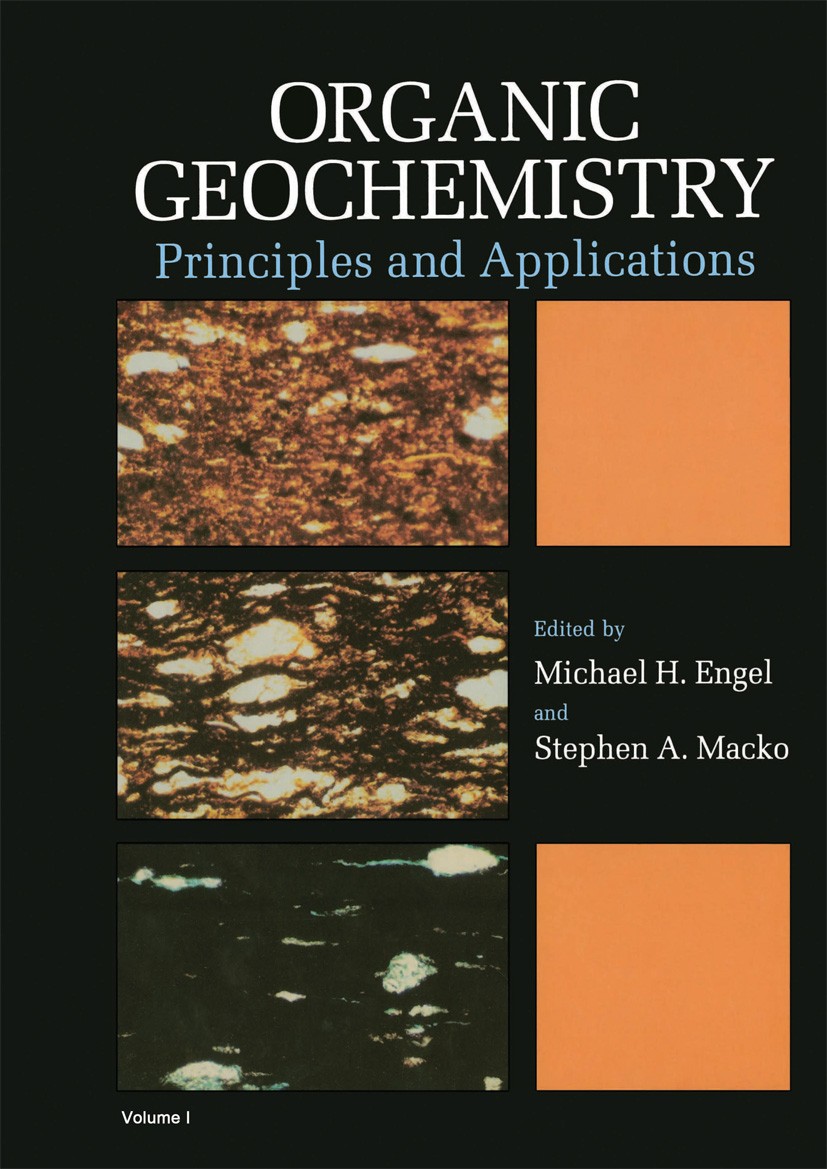Exceptionally high contents of rearranged hopanes in a late Permian section, southern Sydney Basin, Australia
IF 2.5
3区 地球科学
Q2 GEOCHEMISTRY & GEOPHYSICS
引用次数: 0
Abstract
A suite of 19 late Permian–early Triassic outcrop samples from the southern Sydney Basin were analysed by gas chromatography-mass spectrometry. Three series of rearranged hopanes were identified in the samples: 18α(H)-neohopanes, 17α(H)-diahopanes, and the early-eluting 9,15-dimethyl-25,27-bisnorhopane homologues. There is very large variability in the relative abundance and distribution of rearranged hopanes compared to the 17α(H)-hopanes between samples. There is one group of samples, associated with the “dead zone” after the Permian-Triassic mass extinction event, and deposited above the uppermost coal seam, where rearranged hopanes are not present, while in other samples their abundance is very high, and the C30 diahopane/C30 αβ hopane ratio reaches 93. No dependency on thermal maturity or depositional water salinity were observed, and there is no correlation between the presence and distribution of rearranged hopanes and diasteranes. There is a positive correlation between the presence of monomethylalkanes, interpreted to be associated with cyanobacterial input, and a high relative abundance of rearranged hopanes. The samples with the highest relative abundances of rearranged hopanes and monomethylalkanes are from the Tongarra Coal at Austinmer Beach, where three coal seams are separated by laterally-continuous pale-coloured ash-fall tuffs. The high abundance of terrigenous organic matter, deposited under fresh water sub-oxic conditions, together with extensive volcanic activity, may be the main factors contributed to the formation and enrichment of these exceptional amounts of rearranged hopanes in the Sydney Basin.
澳大利亚悉尼盆地南部晚二叠世剖面重排藿烷含量异常高
采用气相色谱-质谱联用技术对悉尼盆地南部晚二叠世-早三叠世19个露头样品进行了分析。在样品中鉴定出三个重排的藿烷系列:18α(H)-新藿烷、17α(H)-二藿烷和早期洗脱的9,15-二甲基-25,27-双降藿烷同源物。与17α(H)-藿烷相比,不同样品间重排藿烷的相对丰度和分布存在很大差异。其中一组样品与二叠纪—三叠纪大灭绝事件后的“死亡区”有关,沉积在最上层煤层上方,不存在重排藿烷,而其他样品的丰度很高,C30代藿烷/C30 αβ藿烷比值达到93。与热成熟度和沉积水盐度无关,重排藿烷和二甾烷的存在和分布也没有相关性。单甲基烷烃(解释为与蓝藻菌输入有关)的存在与重排藿烷的相对高丰度之间存在正相关关系。重排烷和单甲基烷烃相对丰度最高的样品来自奥斯廷默海滩的汤加拉煤,那里的三个煤层被横向连续的淡色灰落凝灰岩分开。淡水亚氧条件下沉积的丰富陆源有机质,加上广泛的火山活动,可能是悉尼盆地形成和富集这些异常数量的重排藿烷的主要因素。
本文章由计算机程序翻译,如有差异,请以英文原文为准。
求助全文
约1分钟内获得全文
求助全文
来源期刊

Organic Geochemistry
地学-地球化学与地球物理
CiteScore
5.50
自引率
6.70%
发文量
100
审稿时长
61 days
期刊介绍:
Organic Geochemistry serves as the only dedicated medium for the publication of peer-reviewed research on all phases of geochemistry in which organic compounds play a major role. The Editors welcome contributions covering a wide spectrum of subjects in the geosciences broadly based on organic chemistry (including molecular and isotopic geochemistry), and involving geology, biogeochemistry, environmental geochemistry, chemical oceanography and hydrology.
The scope of the journal includes research involving petroleum (including natural gas), coal, organic matter in the aqueous environment and recent sediments, organic-rich rocks and soils and the role of organics in the geochemical cycling of the elements.
Sedimentological, paleontological and organic petrographic studies will also be considered for publication, provided that they are geochemically oriented. Papers cover the full range of research activities in organic geochemistry, and include comprehensive review articles, technical communications, discussion/reply correspondence and short technical notes. Peer-reviews organised through three Chief Editors and a staff of Associate Editors, are conducted by well known, respected scientists from academia, government and industry. The journal also publishes reviews of books, announcements of important conferences and meetings and other matters of direct interest to the organic geochemical community.
 求助内容:
求助内容: 应助结果提醒方式:
应助结果提醒方式:


